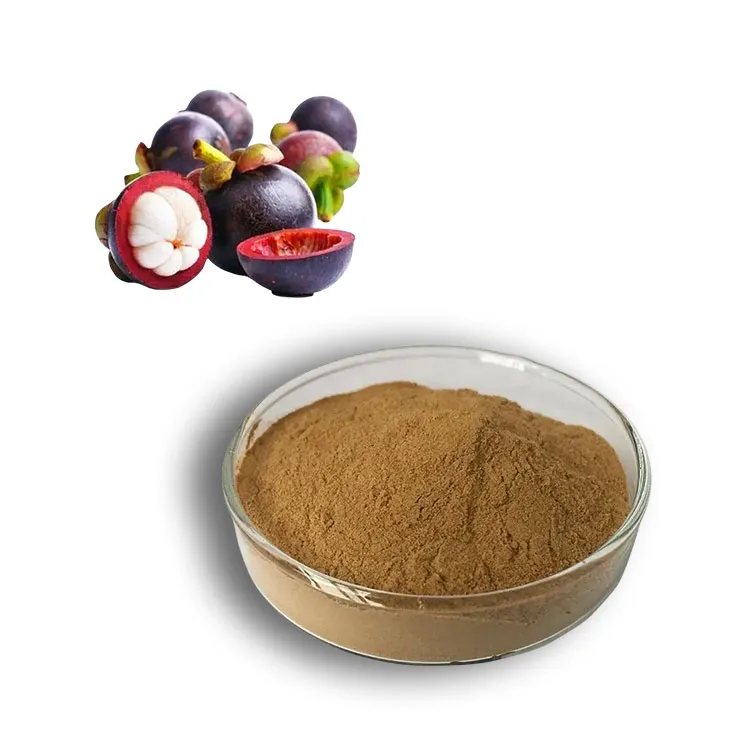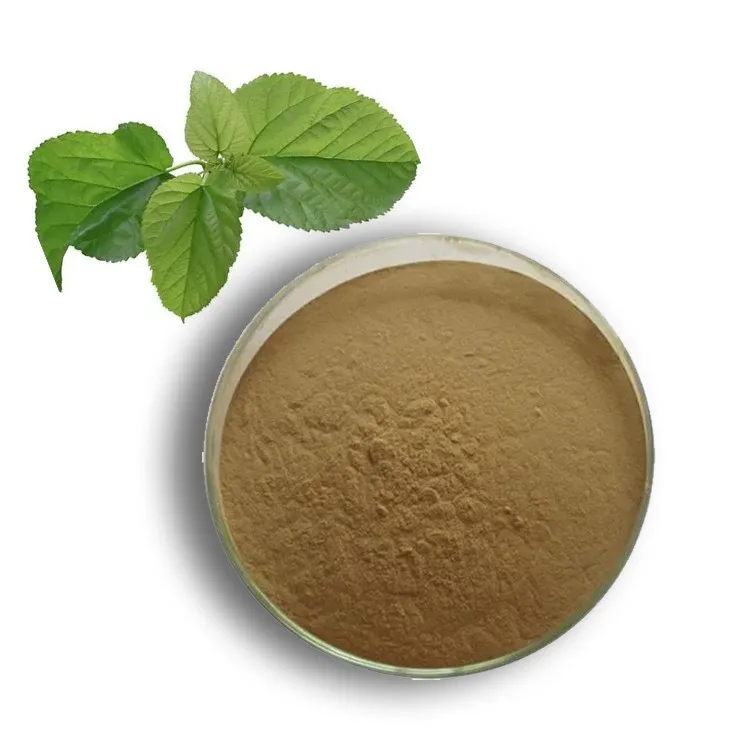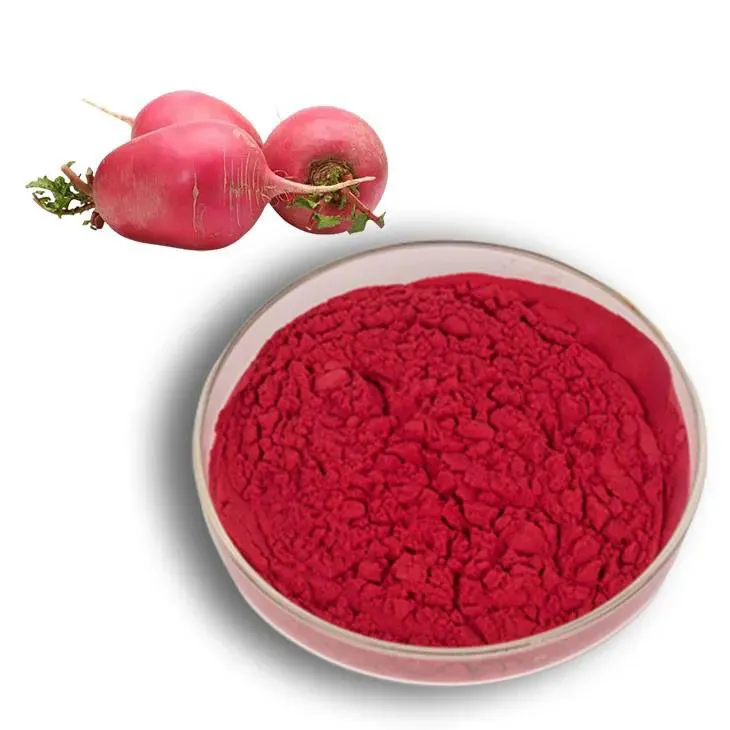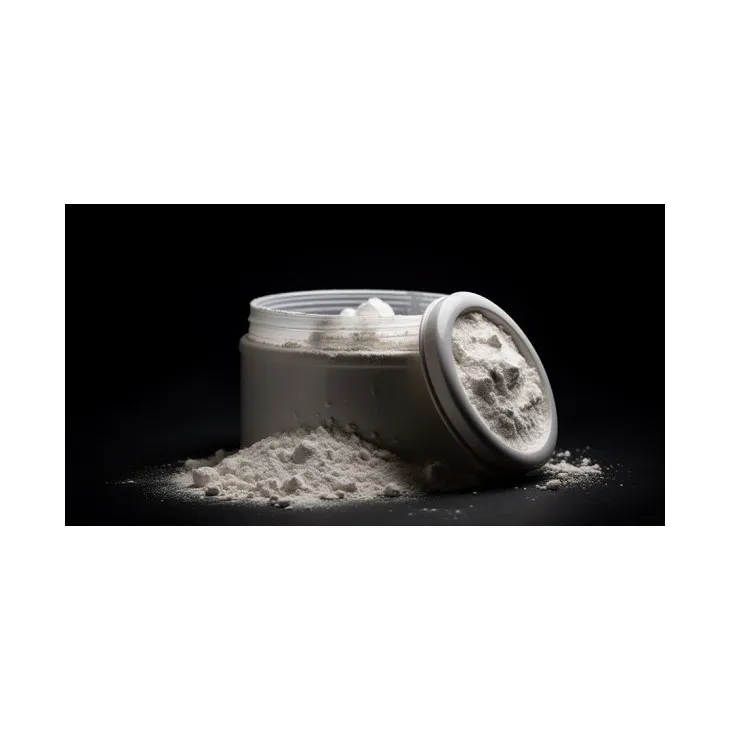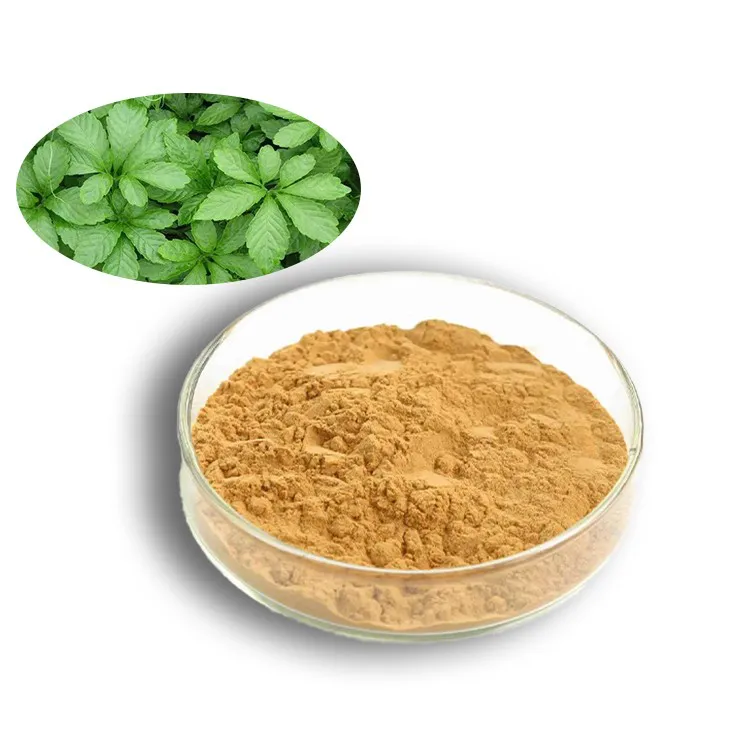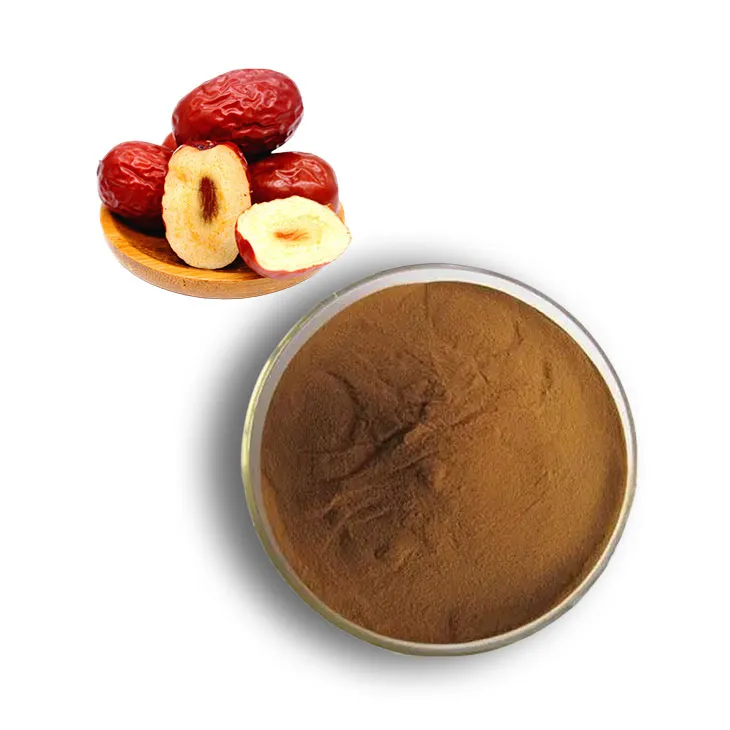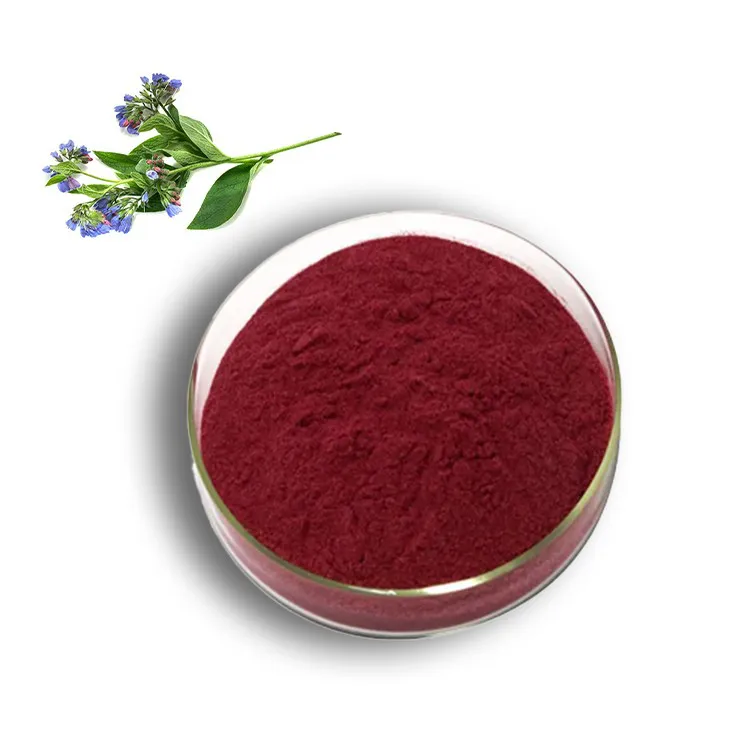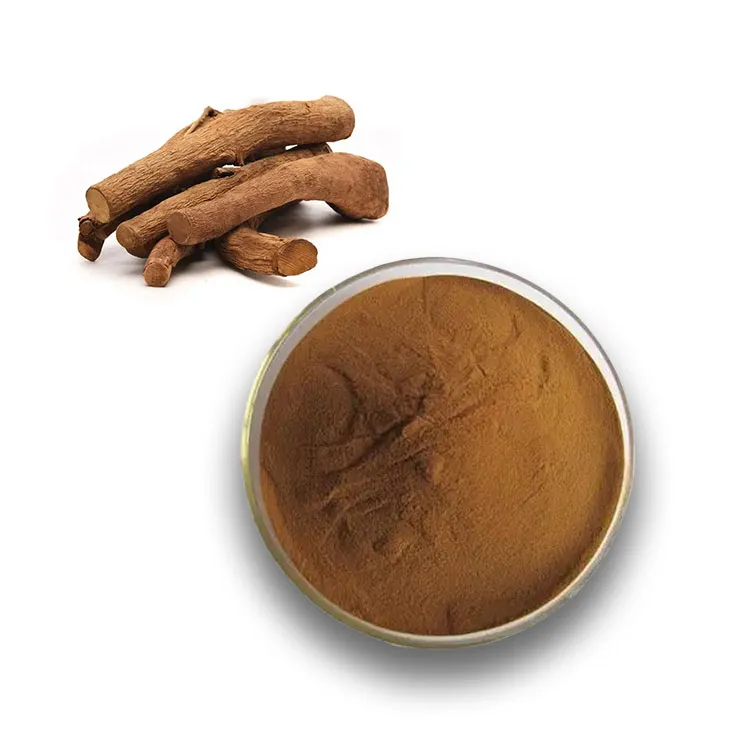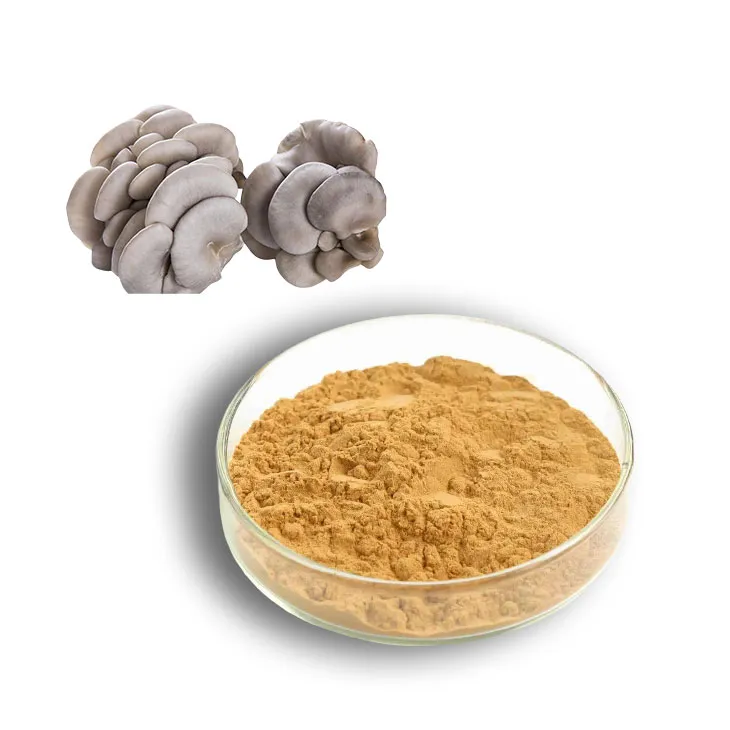- 0086-571-85302990
- sales@greenskybio.com
Red Raspberry Leaves: History, Benefits and Application
2025-05-21
For centuries, red raspberry leaves have been cherished as a potent herbal remedy, renowned for their extensive health benefits and versatility. Originally native to Europe and Asia, this remarkable plant has spread globally, becoming a celebrated superfood known for its nutrient-rich leaves and numerous applications.
Brief History of Red Raspberry Leaves
Red raspberry leaves come from the Rubus idaeus plant, a member of the rose family. While initially found in Europe and parts of Asia, this plant is now cultivated worldwide, including in North America, thriving in well-drained, fertile soils. Harvested typically during the flowering season when their nutrient content peaks, the leaves are then dried for use in teas, tinctures, and supplements.
Historical records trace the use of red raspberry leaves back to ancient Greece and Rome, where they were esteemed for their medicinal properties. The Greek physician Dioscorides, often considered the father of pharmacology, documented their use in his seminal work De Materia Medica in the first century AD. He praised the leaves for their astringent and anti-inflammatory properties, using them to treat digestive ailments and soothe sore throats.
Phytonutrients and Health Benefits
Red raspberry leaves are rich in phytonutrients, compounds vital for promoting health and preventing disease. Key constituents include:
- Tannins: Known for their astringent properties, tannins help reduce inflammation and support digestive health.
- Flavonoids: These antioxidants combat oxidative stress, protecting cells from damage caused by free radicals.
- Ellagic Acid: A polyphenol with anticancer and anti-inflammatory properties.
- Vitamins and Minerals: High in vitamins C, E, and B-complex, as well as magnesium, calcium, iron, and potassium, red raspberry leaves support overall vitality and immune function.
These phytonutrients work synergistically, enhancing the therapeutic potential of red raspberry leaves as a valuable addition to wellness regimens.
Red raspberry leaves have traditionally been used to address a wide range of health concerns, establishing their reputation as a versatile healing herb. Some notable benefits include:
Women’s Health: Often called the “woman’s herb,” red raspberry leaves support reproductive health, particularly during pregnancy. Studies suggest they may tone uterine muscles, potentially easing labor and minimizing complications. They are also used to alleviate menstrual cramps and regulate irregular cycles.
Digestive Support: The tannins in red raspberry leaves have a soothing effect on the digestive tract, making them an effective remedy for diarrhea, nausea, and indigestion.
Immunity: Their high vitamin C content and antioxidant properties naturally strengthen the immune system and protect against infections.
Anti-Inflammatory Effects: Red raspberry leaves help reduce inflammation, treating conditions like arthritis, sore throats, and skin irritations.
Cardiovascular Health: Magnesium and potassium in red raspberry leaves support heart health by regulating blood pressure and promoting healthy circulation.
Typically bright green with a serrated edge and slightly fuzzy texture, red raspberry leaves impart a mild, earthy flavor with a hint of sweetness when brewed as tea, making it a pleasant and soothing beverage.
Culinary Uses
Red raspberry leaves are traditionally consumed as tea, but they can be incorporated into various recipes to enhance nutritional value. Here are some creative ways to use this herb:
Red Raspberry Leaf Tea: Steep 1-2 teaspoons of dried leaves in hot water for 5-10 minutes. Add honey or lemon for extra flavor.
Herbal Infusions: Combine red raspberry leaves with herbs like peppermint or chamomile for a refreshing blend.
Smoothies: Add a teaspoon of powdered red raspberry leaves to your favorite smoothie for an antioxidant boost.
Soups and Stews: Incorporate dried leaves into broths or stews for added nutrients and a subtle herbal flavor.
Recent years have seen a resurgence in the popularity of red raspberry leaves, particularly among expectant mothers and wellness advocates. Anecdotal stories, such as those from midwives indicating shorter labor with red raspberry leaf tea consumption, reinforce the herb’s reputation as a natural childbirth aid.
Red raspberry leaves serve as an inspiring testament to the healing and nourishing power of nature. Their rich history, impressive nutritional profile, and diverse therapeutic applications make them a worthy addition to any wellness toolkit. Whether enjoyed as soothing tea or creatively used in recipes, red raspberry leaves offer a natural pathway to vitality and balance.
- ▶ Hesperidin
- ▶ citrus bioflavonoids
- ▶ plant extract
- ▶ lycopene
- ▶ Diosmin
- ▶ Grape seed extract
- ▶ Sea buckthorn Juice Powder
- ▶ Beetroot powder
- ▶ Hops Extract
- ▶ Artichoke Extract
- ▶ Reishi mushroom extract
- ▶ Astaxanthin
- ▶ Green Tea Extract
- ▶ Curcumin Extract
- ▶ Horse Chestnut Extract
- ▶ Other Problems
- ▶ Boswellia Serrata Extract
- ▶ Resveratrol Extract
- ▶ Marigold Extract
- ▶ Grape Leaf Extract
- ▶ blog3
- ▶ Aminolevulinic acid
- ▶ Cranberry Extract
- ▶ Red Yeast Rice
- ▶ Red Wine Extract
-
Mangosteen extract powder
2025-05-21
-
Clove Powder
2025-05-21
-
Mulberry leaf Extract
2025-05-21
-
Beetroot juice Powder
2025-05-21
-
Aminolevulinic acid
2025-05-21
-
Gynostemma pentaphyllum extract
2025-05-21
-
Red Date Extract
2025-05-21
-
Shikonin
2025-05-21
-
Tongkat Ali Extract
2025-05-21
-
Oyster Mushroom Extract Powder
2025-05-21











